Vectors & Scalars - Topic 1.3
Bite-sized Work, Energy & Power Study Notes for IB Physics HL/SL
Share on facebook
Facebook
Share on twitter
Twitter
Share on linkedin
LinkedIn
Share on reddit
Reddit
Share on email
Email
Share on whatsapp
WhatsApp
Table of Contents
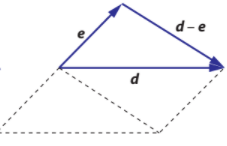
Multiplication of a Vector by a Scalar
Individual Study Notes
Addition of Vectors
Individual Study Notes
Subsraction of Vectors
Individual Study Notes
Components of Vectors
Individual Study Notes
Vectors and Scalars - Summary Notes
Multiplication of a vector by a scalar
Key points
- Vector- a quantity that has magnitude and direction
- Scalar- a quantity that has only magnitude, and not direction
- Vector– a quantity that has magnitude and direction
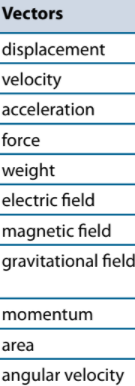

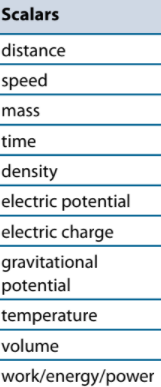

- Scalar– a quantity that has magnitude but not direction
Multiplying a Scalar value and a Vector
- Multiplying a vector by a scalar can change both the direction and magnitude
- Direction is based on whether or not the Scalar value is positive or negative
- The Magnitude of the Vector is affected by the Magnitude of the Scalar Value
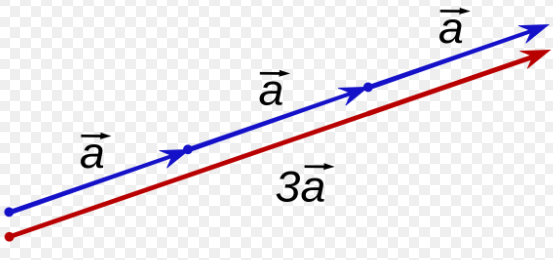

Addition of Vectors
Key point
- Vectors that are added involves shifting the direction of both vectors in order to find the ‘least distance traveled’
Adding is much like adding numbers, numerically speaking.
- Everything builds on top of eachother
- This can be seen graphically, usually through the ‘least distance traveled’


Subtraction of Vectors
Key points
- Subtracting Vectors can be seen graphically, usually as the shortest distance traveled
- Subtracting vectors can also be represented numerically, as 1 vector is subtracted from another
Subtracting vectors is represented graphically as the shortest distance traveled from one end of a vector to another end of a vector



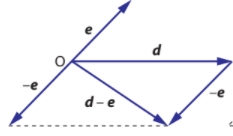

There are steps that can help with subtracting vectors
- Draw both vectors such that they start at a common point
- Draw a line of ‘shortest distance’ from one end of a vector to the other end of the vector
- The vector from the first tip to the second tip will be represented numerically as vector 2 minus vector 1
Components of Vectors
Key points
- The vertical component is with respect to the y-axis.
- The horizontal component is with respect to the x-axis.
The Vertical Component is the component with respect to the y-axis.
- Most factors will have a vertical component unless stated otherwise.
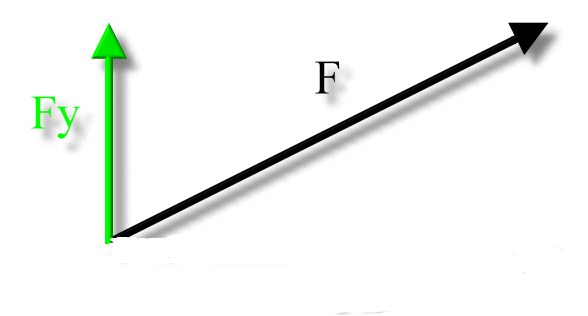

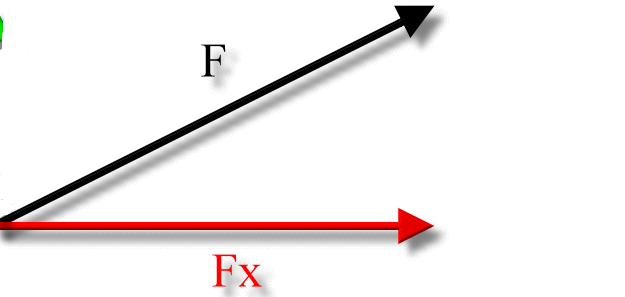

The Horizontal Component is the component with respect to the x-axis.
- Most factors will have a horizontal component unless stated otherwise.
Formula Booklet


Representing the vector components numerically derivates from the unit circle, where cos is used for the x-values and sin is used for the y-values.
Subscribe to the Inertia Newsletter
IB News, Covid-19 Updates, Deadlines, Tips and Tricks, and Hundreds of Free Resources are Awaiting You!
Features
- Study Notes
- Thousands of IB Questions
- Detailed Answers
- Ask-A-Question System

